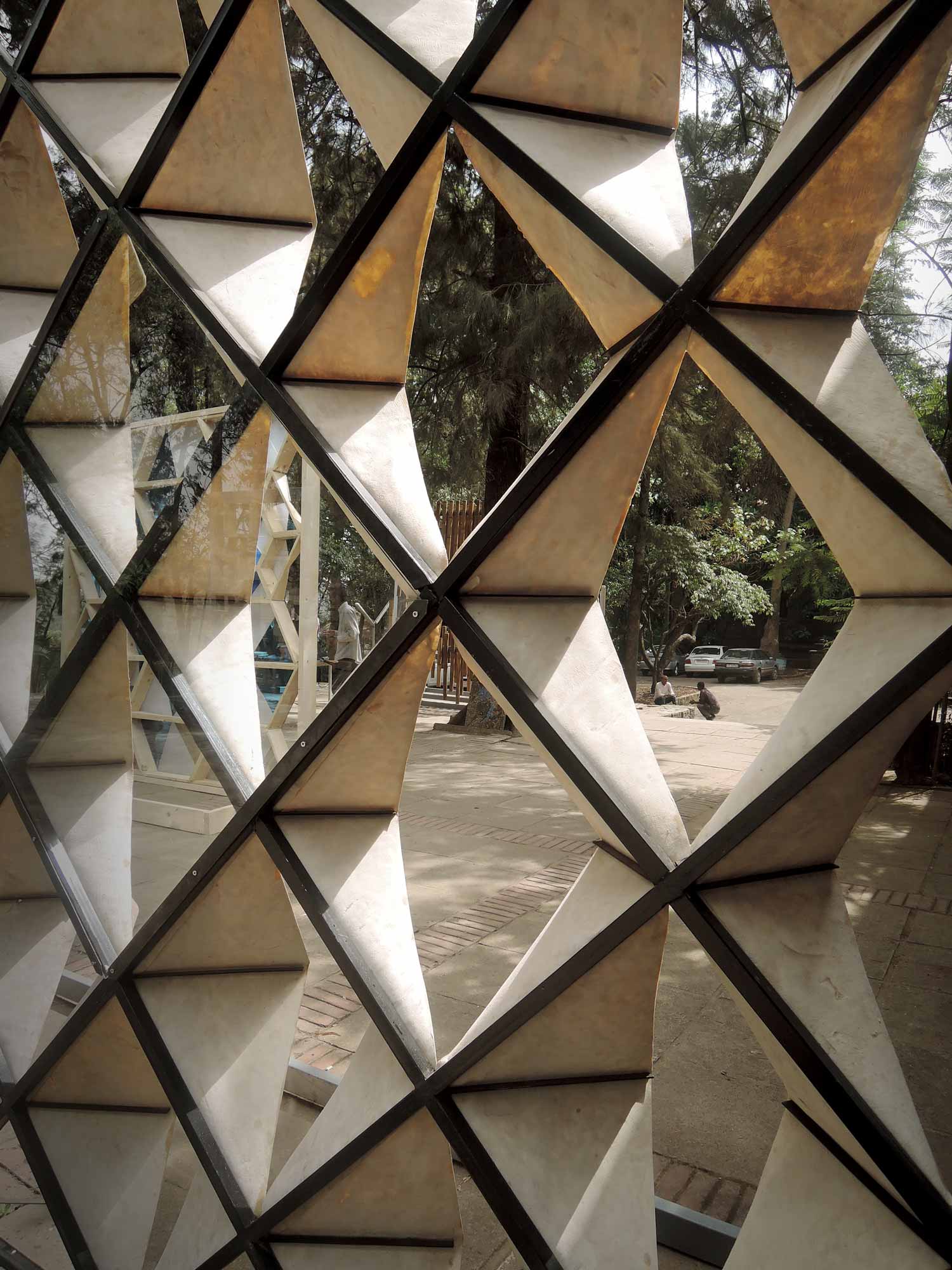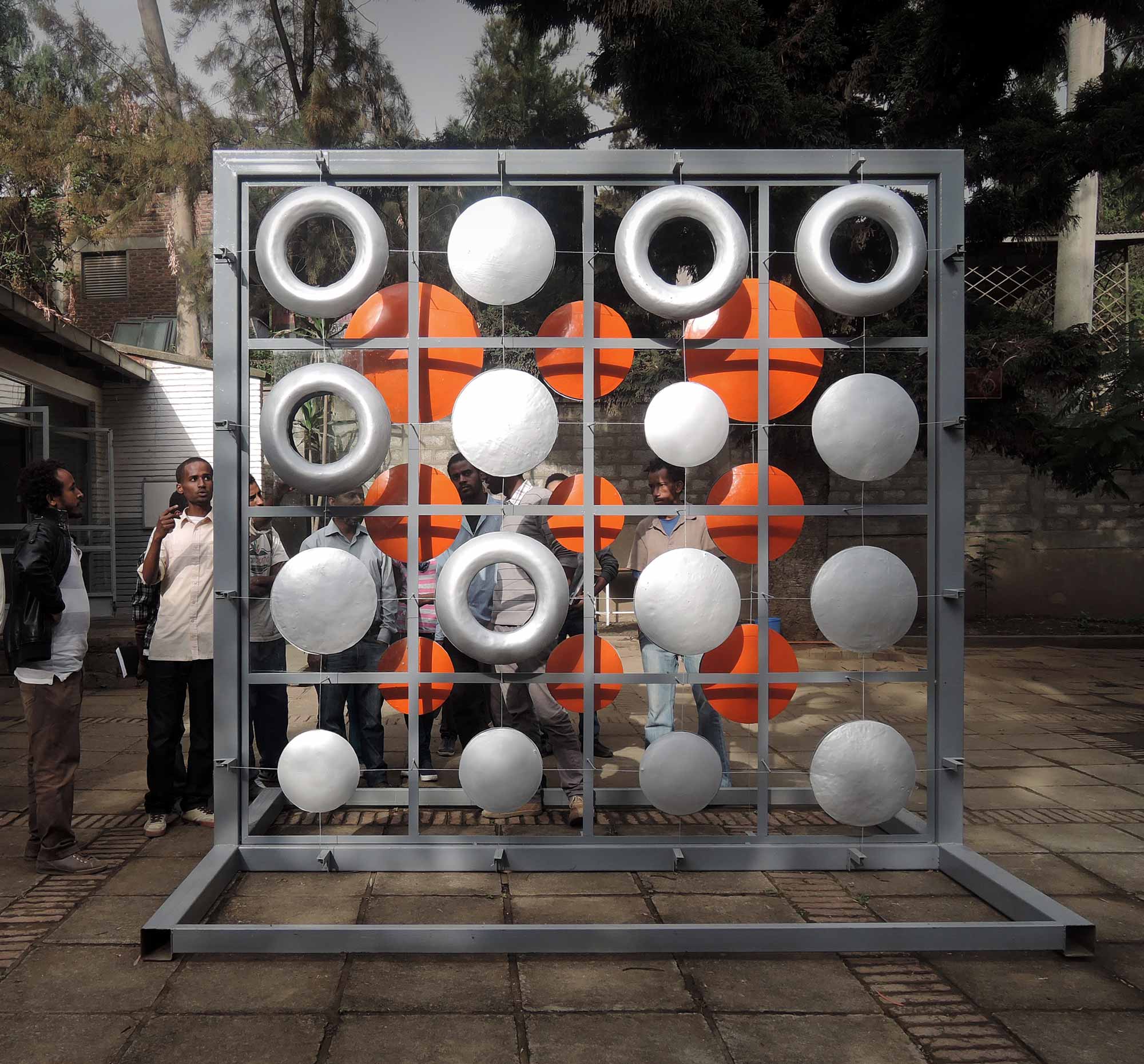In a perpetually progressing industry, envelope design is the most varied, and most visible, area of growth and innovation. Adding to a vast, existing palette of substrates and technologies, constant advances in material science present designers with unlimited possibilities. That’s why we provide a principal material science resource to feed any concept, no matter how ambitious or complex.
The AKT II Envelopes team embraces the fascinating, multi-faceted world of materials. Our scope of knowledge covers the fast-developing fields of computational design and digital fabrication as well as the immense subject of material technology, which unpacks into the structural, chemical, physical and mechanical. From traditional stone-based façades for listed buildings to NURBS geometry using mathematical algorithms, we have the necessary technical capabilities in house. And with environmental aspects of architecture a high priority, smart and adaptable skins with integrated sustainable technologies are an essential focus.
With such a wealth of material options available and new ones launched regularly, it’s no surprise that modern building skins feature complex envelope systems that meet many functional demands and design aspirations. We embrace that challenge. To share just two examples, we’ve reinterpreted Hans Wegner’s 1963 CH07 chair in contemporary stone tooling and carbon fibre composites. And we’ve created Terramia – a shell structure housing prototype by using a combination of drone spraying, drone blowing, and drone lifting to form local raw materials, such as mud and bamboo.
The creative vision is our challenge, and technology is often our solution. We’re making new advances all the time, such as software that can assess visual discomfort due to reflected glare on building surfaces.
Our expertise comes from experience but also our restless curiosity. Collaborations with academic institutions are a great source of inspiration, and incredible new ideas can spring from them. For example, a masterclass with the University of Addis Ababa and Studio Olafur Eliasson resulted in an ingenious solar façade shading system, made solely from locally available and recycled materials.
Such initiatives vividly demonstrate this area will only become more exciting as the industry continues to push the boundaries of the known material world.

